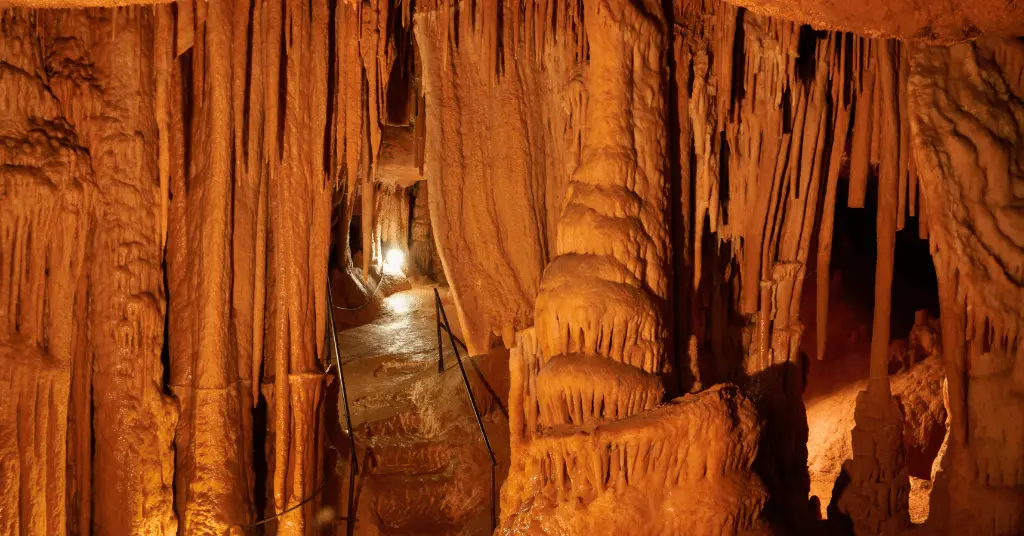AI Answer Evaluation Platform Live Now. Try Free Answer Evaluation Now
Archaeological Geophysics
Archaeological geophysics is a non-invasive technique of assessing archaeological sites by utilizing several geophysical technologies to identify the underlying characteristics and uncover buried archaeological remains. The approach comprises the measurement and assessment of physical properties of the subsurface materials, such as magnetic susceptibility, electrical conductivity, and resistance. Archaeological geophysics is particularly valuable in cases where normal excavation procedures may be unsafe, impracticable, or insufficient to produce a full description of the site.

Various Approaches Applied in Archaeological Geophysics
Magnetometry: This method studies variations in the magnetic field of the subsurface to find buried structures such as walls, pits, or ditches.
Electrical resistivity tomography (ERT): ERT exploits variations in the electrical conductivity of the subsurface to detect underground features such as walls, floors, and ditches.
Ground-penetrating radar (GPR): GPR utilizes radar waves to take pictures of the subsurface, exposing buried things such as walls, floors, and relics.
Gradiometry: This method investigates changes in the gradient of the magnetic field to identify the boundaries of structures such as walls, ditches, and pits.
LiDAR (light detection and ranging): LiDAR uses laser pulses to build high-resolution 3D reconstructions of the terrain and plant cover, which may expose sensitive elements of ancient monuments.
Archaeological geophysics may allow archaeologists to detect and map the features of a site before excavation, which may aid in steering the excavation plan and limit the chance of harming or destroying significant components. It may also offer a more detailed picture of the location and its history than normal excavation methods alone.
Archaeological and Geophysical Sites
Archaeological geophysics may be used to explore a large range of archaeological sites, including:
Settlements: Archaeological geophysics may expose the structure and organization of settlements, including the location of buildings, walls, pathways, and other features.
Fortifications: Archaeological geophysics may enable the estimation of the location and magnitude of defensive constructions such as walls, ditches, and ramparts.
Burial sites: Archaeological geophysics may expose the location and layout of burial sites, including graves, tombs, and mausoleums.
Industrial sites: Archaeological geophysics may aid in establishing the location and layout of industrial sites, including factories, workshops, and mines.
Ancient landscapes: archaeological geophysics may be used to evaluate the geological and environmental surrounds of archaeological sites, including changes in the landscape over time and the effect of human activities on the environment.
Shipwrecks: Archaeological geophysics may find and map the location and extent of shipwrecks, including the size and shape of the vessel and any cargo or artifacts that may be present.
Overall, archaeological geophysics may be a beneficial tool for archaeologists to evaluate and interpret a large diversity of ancient sites, both on land and underwater.




